Along with the unique immersive experience of living in the fishing village of Betul and surrounded by an exquisite collection of marine artefacts, we can also organise a traditional Goan Fest with live music, folk dances, prepare a venue for an indulgent game night, or assist you in exploring the bustling lanes of South Goa and the old town of Margao (18 km) with its grand colonial homes that combine elements of Portuguese and Indian architecture, the Holy Spirit Church originally built in 1564 and the gorgeous frescoes on the walls and ceilings of the Borda chapel by Goa’s Michelangelo, Dr. Jose Pereira.
Drive east to Rachol on the banks of the River Zuari (28 km) to visit the Rachol Catholic Seminary with its fort-like facade, imposing watchtower and murals, portraits of Goa’s archbishops, religious objects of the 17th and 18th century, and a treasure-trove of books in Latin and Portuguese.
On return, stop by at Goa Chitra, Benaulim to visit Goa’s only museum that showcases Goa’s multifaced culture, its agrarian roots and advanced medicine, Goa Chakra which displays ancient modes of transportation from all over India; and Goa Cruti’s collection based on Goa’s colonial past.
All curated tours and experiences are personally crafted by the Neemrana team. Guests can choose to be picked and dropped to the nearest jetty point by boat. Water activities include canoeing and fishing trips, with all necessary equipment and safety gear provided. They can explore the backwaters of river Sal by boat and discover Goa’s lesser-known terrains, including an island with fruit bats and saltpans.
The curator will also plan trips to secluded beaches not accessible by roads where guests can enjoy relaxing barbecue nights and exquisite fare from chefs’ tables.
This is not all though. The Neemrana team will also personalise tours that including everything from food, culture and heritage and show you hidden gems across the state. Take a retreat from the crowded and overexposed tourist spots to discover new South Goa attractions.
Places to explore in South Goa
Beaches
Immediately north of Betul is the Mobor beach, followed by the popular Cavelossim beach with beach shacks and trendy restaurants.
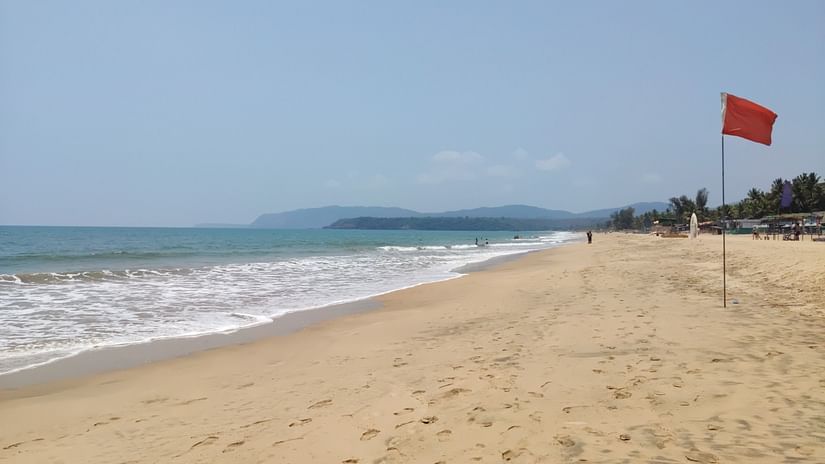
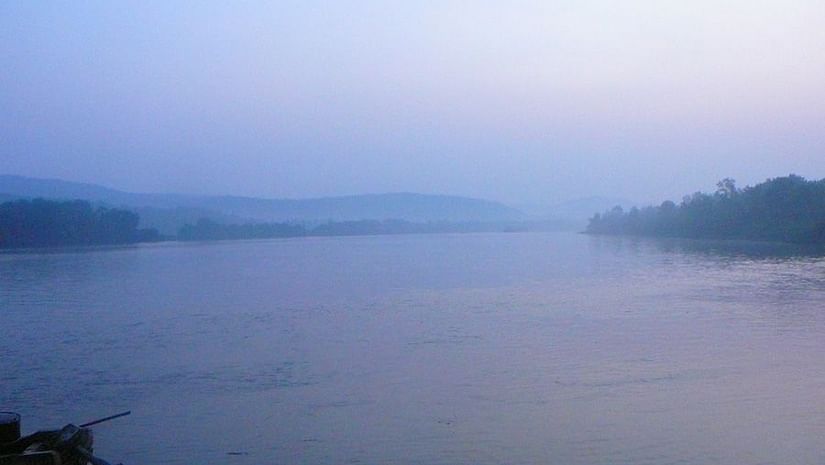
Churches & Lighthouse


Cruises
Take a day boat cruise to explore the backwaters of the river Sal and discover Goa’s lesser-known terrains, including the island with fruit bats and saltpans.
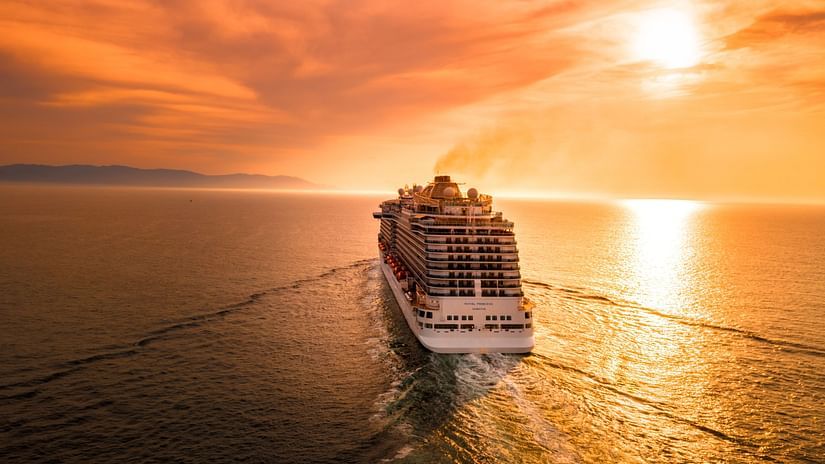
Forts & Villages
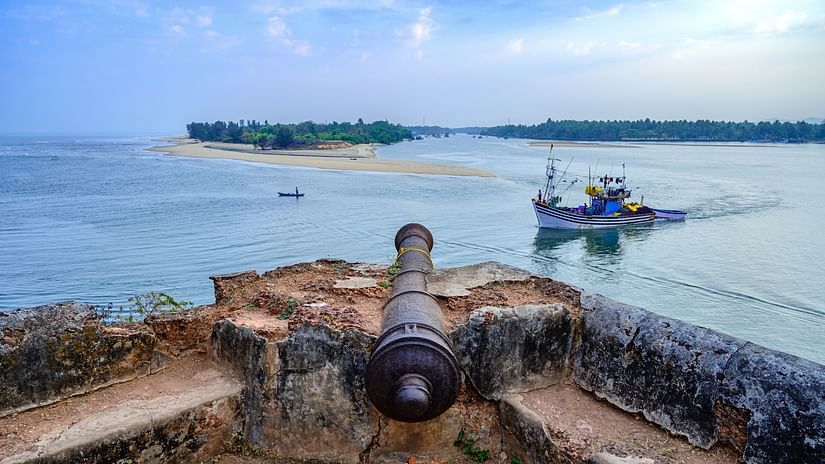
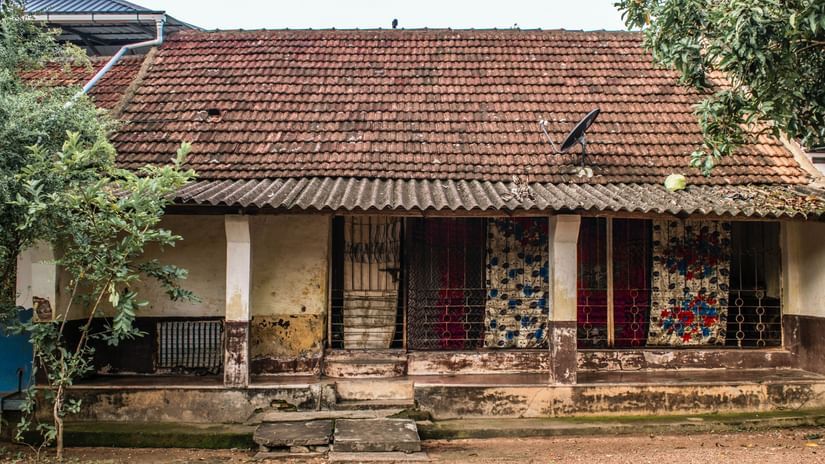


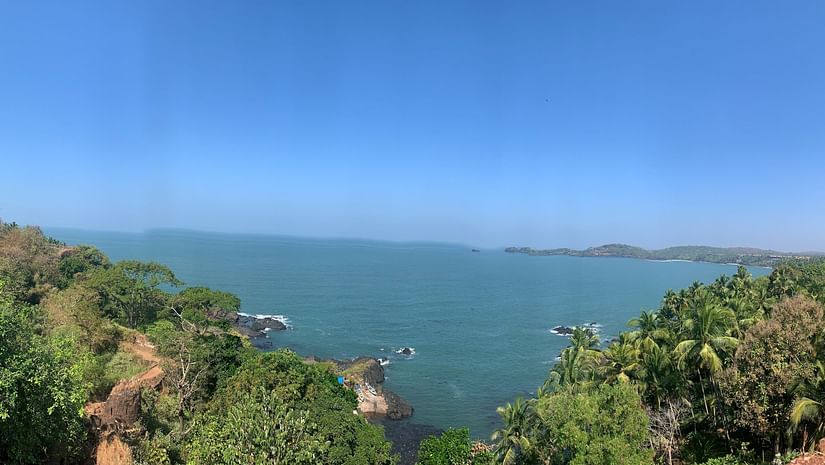


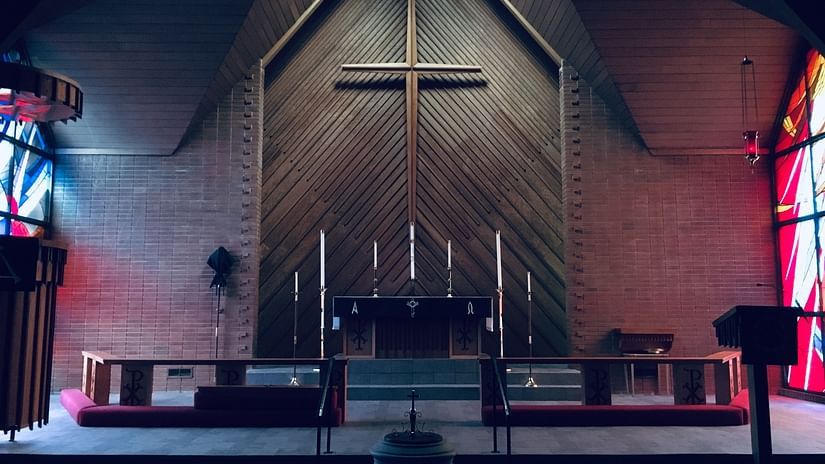
Cycling, Trekking & Fishing

